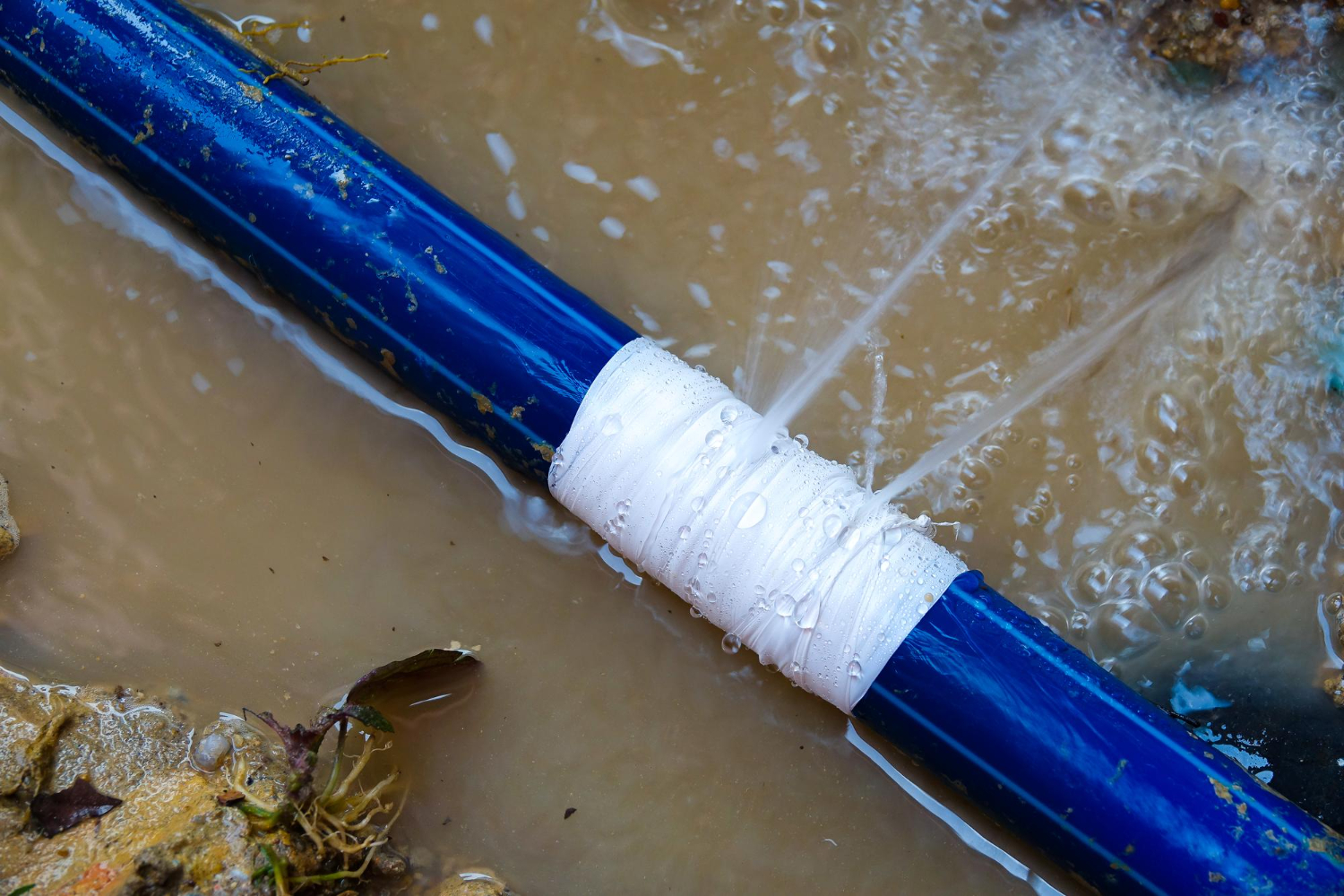Call This Sunday to Get $50 OFF
Call us Now to Get $50 OFF.
Ratings based on 6379 reviews
Local Plumbers, Local Reviews
Call This Sunday to Get $50 OFF
Call us Now to Get $50 OFF.
Ratings based on 6379 reviews
Local Plumbers, Local Reviews

Have you ever noticed a small drip coming from a pipe or fitting? That little leak can turn into a big problem fast. That’s where plumber’s tape comes to the rescue. Also known as Teflon or thread seal tape, this handy tool is simple and very effective for sealing pipe threads. Many people immediately call for a plumbing repair service when they see a leak. Sometimes that’s smart. But for small leaks around threaded connections, plumber’s tape might be all you need. Even professional companies like Mr. Rooter Plumbing use it daily for quick fixes and leak prevention.
Plumber’s tape works best on threaded pipe joints. These are places where two pipes screw together. If you spot a drip there, it’s a sign the threads are not sealed tightly. That’s when plumber’s tape comes in handy.
You should NOT use plumber’s tape on compression or push-fit fittings. Those use other types of seals. For threaded joints, though, plumber’s tape is perfect for stopping leaks. If you are unsure about your leak, professional leak detection services can help determine whether plumber’s tape is right for your situation.
Before you begin, always turn off the water. You don’t want water rushing out when you unscrew a pipe. Find the shut-off valve and make sure everything is dry.
Next, carefully unscrew the connection where the leak is happening. Use a wrench or pliers if needed, but don’t force it too hard. Once the pieces are apart, clean the threads. Dirt or old tape can prevent a good seal.
Now it’s time to wrap the threads with the plumber’s tape. Start at the end of the threads, not too far from the edge. Hold the tape tightly and wrap it in the same direction you will screw the pipe back together. Usually, 3 to 5 wraps are enough.
Make sure the tape is smooth and covers the threads completely. Wrinkles or loose tape can lead to leaks later.
After wrapping, screw the pipe fitting back together tightly. Be careful not to cross-thread or overtighten. A snug fit is enough. Turn the water back on slowly and check for leaks.
If done right, the leak should be gone. If not, you may need to remove the tape and try again, or call a trusted plumber for extra help.
Remember, even though plumber’s tape is easy to use, calling a trusted plumbing repair service like Mr. Rooter Plumbing is always smart when unsure.
While plumber’s tape is a great tool, it’s not always the answer. If you see water stains, hear dripping sounds in walls, or notice mold, that’s a sign of a bigger problem. These cases need expert leak detection and repair services.
Companies like Mr. Rooter Plumbing have the tools and know-how to find hidden leaks and make lasting repairs. Trying to fix large or hidden leaks on your own can lead to water damage or costly repairs later.
Small leaks may seem harmless, but they can grow quickly. If the plumber’s tape doesn’t solve the issue or you aren’t sure how to proceed, call a plumber in Adelanto, CA immediately. A trusted plumbing repair service like Mr. Rooter Plumbing can help you stop leaks before they cause serious damage. Stay safe, keep your plumbing in great shape, and always ask for help when needed!
Did you know that multiple pipes run underground in your property, and damage to these pipes is mostly…
Read MoreFor many homeowners, septic maintenance seems confusing and overwhelming. Compared to city sewer systems, how well you maintain…
Read MoreWe all know that septic tanks are meant to handle waste to a certain degree. However, do we…
Read MoreFor homeowners who live in areas that receive heavy rainfall throughout the year, sump pumps aren’t just a…
Read MoreWhen it comes to septic health, you can be one of those homeowners that try to do everything…
Read More